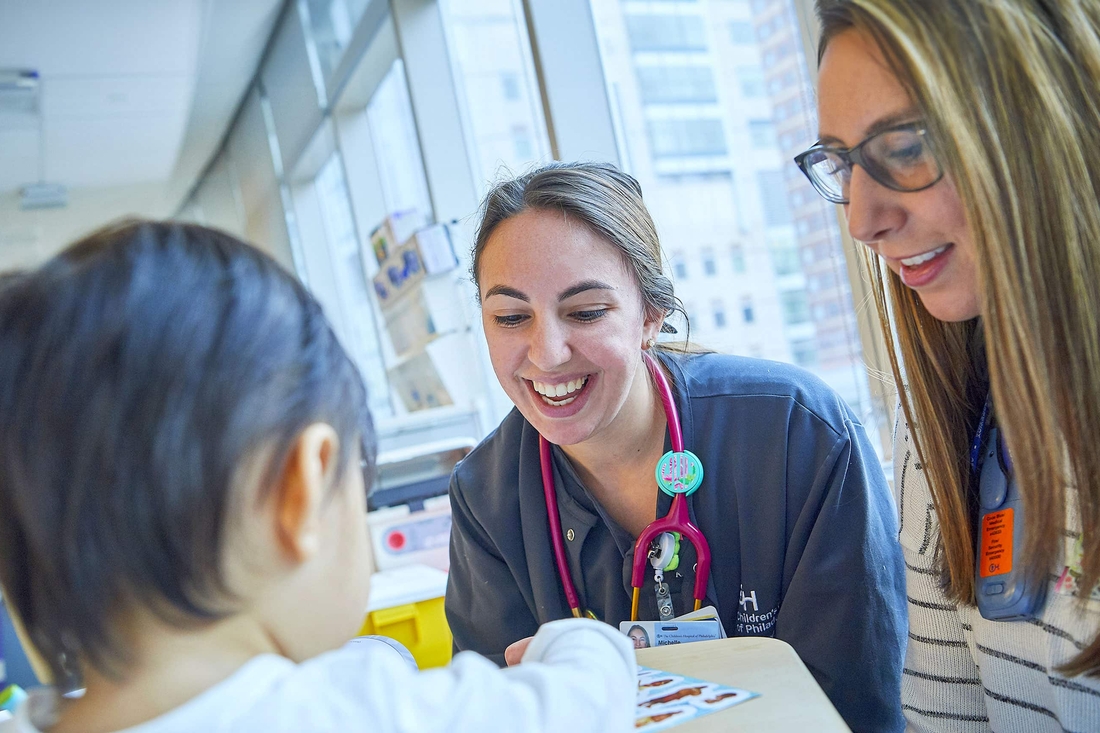Second Opinions

For U.S. Residents
- Call 1-800-TRY-CHOP (1-800-879-2467) to speak to someone in our Access Center. They will direct your call exactly where it needs to go so you can learn about your options.
- If you know the type of specialist your child needs to see, look up ways to contact that team by phone or online using our Departments & Services directory.
- The Undiagnosed Disease Program (UDP) offers personalized care for families who are struggling to pinpoint the cause of their child’s symptoms. Please review eligibility criteria for the UDP.
Remote Opportunities
- See if your child is a candidate for our Online Second Opinion/Consultation Program (currently only available for select specialties)
- Call 267-425-3560 to speak to our National Patient Services team about remote options.
Non-U.S. Residents
Contact our Global Patient Services team to learn more.
Specialty-specific second opinion information
Many of our pediatric specialty programs offer specific information about options for requesting a second opinion:
Kendall Gulli was 2 years old when she tagged along to her older brother’s appointment with the family pediatrician in Delaware. “She was holding my hand and walking down the hallway,” says Kendall’s mom, Holly. “I heard the nurse say to the doctor, ‘You need to check her hips.’ All of a sudden, the pediatrician starts checking Kendall out. She said it seemed like she was waddling, and she was concerned there might be something wrong."

Why and when to get a second opinion
When your child receives a new diagnosis of any type — whether it's a common condition or rare disease — a second opinion or consultation, whether remote or in person, can give you information to help make an educated decision about treatment. Seeking a second opinion or consultation is very common. Families seek second opinions and consultations for many reasons, including:
Feeling uncomfortable with or needing confirmation of a diagnosis
When your child receives a new diagnosis you may hope to make a treatment plan as soon as possible. You may find that a second opinion or consultation, whether remote or in person, helps clear up doubts you may have or provide you with the confirmation you need to proceed with treatment quickly. Second opinions and consultation reports can be used to aid you and your treating physician with treatment decisions and planning.
Needing help with a decision to start, stop, or change a treatment plan
It is not uncommon for patients to seek second opinions or consultations before your child receives treatment, so you can feel confident in the path you are on. Another common time to get a second opinion or consultation is when a change in treatment has been recommended, or you are seeking additional treatment for a returning or recurrent issue. Consultation reports will answer your questions.
Seeking recommendations of a specialist with experience treating your child’s condition
While your child’s specialist may have experience treating children with your child’s condition, they may wish to obtain a second opinion from a pediatric specialist who is highly experienced with a particular diagnosis, especially when the disease is very rare, or your child’s care is complex. CHOP specialists may be aware of new treatment methods or clinical trials and can share that information during a second opinion or consultation, whether remote or in-person.